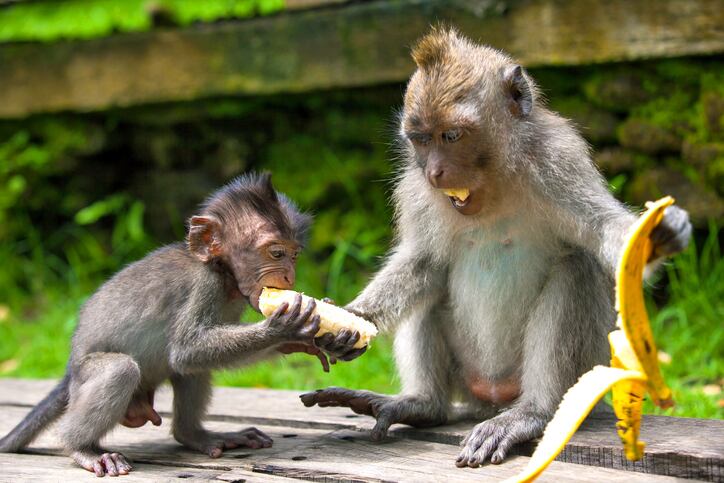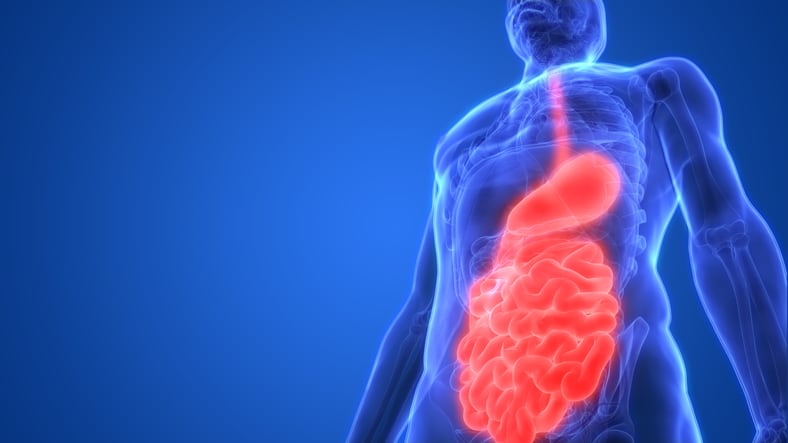When it comes to learning about ancient diet and the evolution of the gut microbiome, researchers are getting their hands on fossilized poo for new answers.
A recent study published in the journal PeerJ examined feces of the past to gain fresh insight into the health of our ancestors. As it turns out, coprolites (fossilized feces) can offer a lot of insight into the ancient diet and the evolution of the gut microbiome.
Apparently there is no shortage of feces in archaeological records. So the main challenge isn’t finding it, rather figuring out who left it behind.
The source
"One unexpected finding of our study is the realization that the archaeological record is full of dog poop," remarked Professor Christina Warinner, senior author of the study.
While genetic approaches have long been used to study dietary DNA found within human and animal archaeological feces (paleofeces), it is only recently that technological advancements have allowed for detailed characterization of their microbial communities.
Scientists said that after thousands of years, the source of a particular piece of feces is often difficult to determine. But the reason for that is probably not what one might expect.
Human and dog feces are similar in size, shape, composition and they lived in close association, therefore having been found at the same archaeological sites. Moreover, many ancient societies consumed dogs, and on the other hand, many canines nibbled on human feces, complicating genetic tests which reveal DNA from both species.
"Identifying human coprolites should be the first step for ancient human microbiome analysis." - Maxime Borry, first author
Using bioinformatics to infer and authenticate the source
To remedy this dilemma, shotgun metagenomics were applied to archaeological feces (paleofeces). The researchers developed coproID (coprolite identification). The method combines analysis of ancient host DNA with a machine learning software trained on the microbiomes within modern feces.
Ancient samples
Researchers used a total of 20 archaeological samples for this study, which originated from 10 sites and spanning periods from 7200 Before Present (BP) to the medieval era. Among these 20 samples, 17 were newly sequenced, 13 were paleofeces, 4 were midden sediments, and 3 were sediments obtained from human pelvic bone surfaces.
Modern samples
Modern feces were obtained from Boston, from a long-term (>50 years) type 1 diabetes study, and from villages in Burkina Faso, Africa, as part of broader studies on human gut microbiome biodiversity and health-associated microbial communities. Feces were collected fresh and stored frozen until analysis.
Results
The researchers found that they could distinguish between fecal and non-fecal samples, as well as human and canine fecal samples. In applying coproID to both newly sequenced and previously published datasets, the research team reported that they could reliably predict the sources of ancient feces. This demonstrated that a combination of host DNA and microbes living inside humans and dogs allow their feces to be accurately distinguished.
The ability to accurately identify the source of paleofeces allows for further and more direct analysis of the evolution of the human gut microbiome. The researchers said they hope this will lead to better understanding of food intolerances and other health issues.
Overcoming past challenges
The authors noted that coproID addresses several shortcomings of previous methods:
“First, we have included a DNA damage-filtering step that allows for the removal of potentially contaminating modern human DNA, which may otherwise skew host species assignment. We have additionally measured and accounted for significant differences in the mean proportion of host DNA found in dog and human feces, and we also accounted for differences in host genome size between humans and dogs when making quantitative comparisons of host DNA. Then, because animal DNA recovered from paleofeces may contain a mixture of host and dietary DNA, we also utilize gut microbiome compositional data to estimate host source. We show that humans and dogs have distinct gut microbiome compositions, and that their feces can be accurately distinguished from each other and from non-feces using a machine learning classifier after data dimensionality reduction. Taken together, these approaches allow a robust determination of paleofeces and coprolite host source, that takes into account both modern contamination, microbiome composition, and postmortem degradation.”
Conclusion
The authors said they have developed a reproducible method to identify archaeological paleofeces. They conclude that by leveraging the information from host DNA and microbiome composition, they can identify and/or confirm the source of newly sequenced ancient feces.
“We demonstrated that coproID can provide useful assistance to archaeologists in identifying authentic paleofeces and inferring their host.”
According to the authors, future research on dog gut microbiome diversity, especially among rural, non-Westernized dogs, may help improve the accuracy of coproID even more.
“As the catalog of human and dog microbiome data grows, coproID will continue to improve its classifications and better aid researchers that encounter paleofeces in a range of geographic and historical contexts,” the report said.
By analyzing paleofeces using coproID, researchers have furthered their ability to examine the link between diet and microbiota, as well as learn how shifts in diet and consumption over the years have shaped gut microbiomes.
In addition to microbiome sciences, Warinner said that she expects coproID to lend itself to broader applications such as forensics and ecology.
Source: PeerJ
(2020). DOI: 10.7717/peerj.9001
“CoproID predicts the source of coprolites and paleofeces using microbiome composition and host DNA content”
Authors: Maxime Borry et al.




